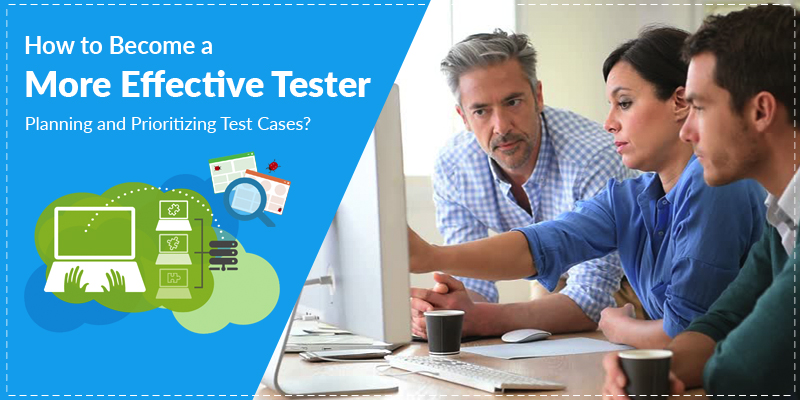
How to Become a More Effective Tester: Planning and Prioritizing Test Cases?
Quality plays a major role in software development and it is vital that the product or application is thoroughly tested before it is launched for the users. With the advent of mobile applications, QA testing has become all the more important and many software application development companies are hiring testers to maintain the standards and quality of their products.
For any tester, the first step they should take is to prioritize and plan the test cases of an application. Both planning and prioritization needs a proper balancing act between business needs, application quality and the customer experience. A good tester is someone who can identify the acceptance criteria and also test more than that. So, here is how you can start.
The Happy Path to start with
To start with, test the Happy Path, which means that test the given acceptance criteria first. Then, before you plan to invest more time into writing additional test, you can do some exploratory tests and make notes on what is already done. Check whether the workflow or codes break down or not. While doing this, you will find several scenarios that are not covered by the acceptance criteria.
So, before writing down any more additional tests, it is a good idea to do some exploratory testing and take down notes of what you have already done. Exploring the code of the application is also an excellent means to understand the features and they create an impact on the whole application.
Digging deeper
The next step is to write down the test cases from the exploratory testing notes. You now have a complete testing suite and the next step to employ is the boundary testing. Most application developers usually skip defining limits and character restrictions when they are not specially instructed. As a tester, you can use the exploratory testing techniques to check the field that can exceed the character limit or even use numeric values or mix alphanumeric characters to exceed the value settings.
Now that you have already taken the Happy Path for the acceptance criteria test, it is time to try them backwards. Ask the question for each step, if the users can do it backwards. Choose any option and reverse the workflow and save or cancel without getting an error. Check if you can hit the back button and see what happens on the browser. Also check the shortcut keys that are popular with the end users and are often forgotten by the software developers.
Last, but not the least, exercise your test case planning and prioritizing skills and note down the test cases that you need to re-execute in the future. Not all cases are needed to run again, but there may be chances that they are all needed.
As a professional QA tester, you can easily determine which tests are needed and discuss with your team if you have them handy. Once the test cases are written and prioritized, you can test them using any tool or application and even set a field to show the priority like critical, high, low or medium.